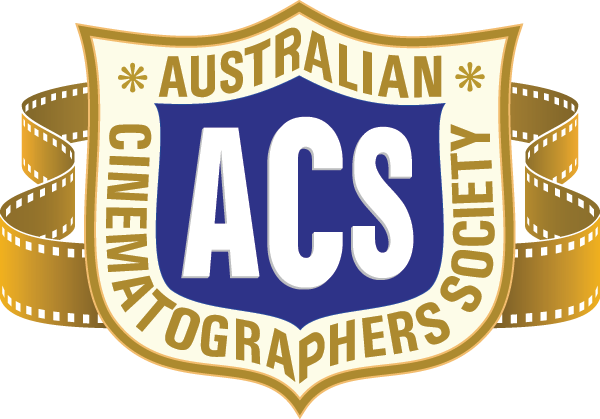Yuri Sokol was born in Ukraine in 1937 – the year of Stalin’s brutal Great Purge, an era of grim Russian austerity and when greater Europe was on the brink of another war. He was the only child to effervescent and acerbic mother Esfir, a pianist and musical director of a local theatre ensemble, and father Vasily, a measured and deferential novelist and esteemed playwright.
Yuri’s talent for music was groomed from an early age suggesting a career as a pianist, culminating in an audition for the Moscow Conservatorium at age 16. However, despite his young age, and inspired by an older friend who was also applying, Yuri decided instead to try for the Moscow Film Institute. He took the exam for cinematography and was awarded a coveted spot – changing the course of his life towards moving pictures and light.

He diligently began working in Mosfilm Studios (the Soviet-era Hollywood), first as an electrician and lighting technician – learning the ground lighting techniques of some of the world’s best cinematographers – before finding his way behind the camera. Still only in his early twenties, a charismatic and determined Yuri Sokol was already making a name for himself with a fresh versatility in bringing unusual effects to the screen. Experimentation in filmmaking was starting to blossom, and, with heavy cumbersome lights and equipment, Yuri began experimenting with low light exposures, film labs and chemicals – impressing his contemporaries with his various groundbreaking manual effects. The sci-fi world of the ‘60s was a fertile playground to experiment with multiple exposures and lab techniques. He worked closely with the photographic departments of the military to help develop anamorphic lenses which he would use on his films.
With a career now flourishing as one of the youngest working DOPs of the time, he was shooting on large budgets with the best directors and scripts, teaching at the institute, as well as developing scripts. A successful, privileged and opulent life, especially for Soviet-era Moscow. Despite this enviable career, lifestyle and rising acclaim, in 1978 Yuri made the difficult choice of shooting for a new life with his young family outside of the USSR. Leaving the Soviet Union was no simple task, however, and came with the knowledge you’d become a stateless refugee exposed to the fate of other nations to welcome you. The understanding that he might at best end up teaching in America, at worst driving a taxi or washing dishes.

Soon the young Sokol family – wife Irene, and daughters Oksana (5) and Anna (3) – would touch down in Italy for nine months to wait for their immigration papers for the USA – a path Tarkovsky had recently taken.
The founder of the Melbourne International Film Festival, Erwin Rado was in Europe selecting films at the time, had watched Yuri’s film “Shine, Shine my star” and was astounded that the man behind this impressive Russian film was in town. He purposely met Yuri with a script proposal in hand and beckoned him to consider abandoning the USA in favour of Australia, to be part of its exciting new wave of Australian cinema. In December 1979, Yuri and family started their new lives in Australia, landing in Melbourne’s Maribyrnong Immigration Refugee Centre.
Early ‘80s Melbourne was creative and confident, and with its influx of European migrants was fast becoming a hotbed of new artistic views and approaches. Possibility was in the air across film, music, theatre and visual arts…and the new 10BA tax incentive gave rise to an influx of private film investment. True to his promise that he’d find work for Yuri in Australia, Erwin Rado introduced him to Paul Cox, and together they made numerous European-style feature films.
With Yuri’s unique methods of lighting and working fast on set, he soon became an in-demand working cinematographer in film, TV and commercials. While shooting the successful year-long ‘Return to Eden’ TV series, he relocated the family to Sydney in 1985, all the while actively accruing lighting and camera equipment to fill a lack of rental companies at that time. And soon, drawing on his experience of working in large film studios in Moscow, Yuri saw an opportunity for a professional Sydney sound stage, and set about building the sprawling Waterloo Film Studios in Dank St.

But by the late ‘80s with its recession and high interest rates, the Australian film industry was not in a healthy place to support a fledgling film studio of this ambitious size. And despite shooting one film in America, Yuri realised he no longer hungered for a shot at a Hollywood career. Following the collapse of the Soviet Union, Yuri was happy to once again be able to visit Russia and reacquaint with friends and lost contacts…and just as Waterloo Studios was sadly being sold he was entering a new phase as an entrepreneur. Initially helping to facilitate Australian business ventures in a newly opened Russian market (including an exciting Australian Russian-based satellite launching start-up) Yuri then harnessed his technical experience to start several Sydney-based technological enterprises of his own, continuing well into his 80s.


